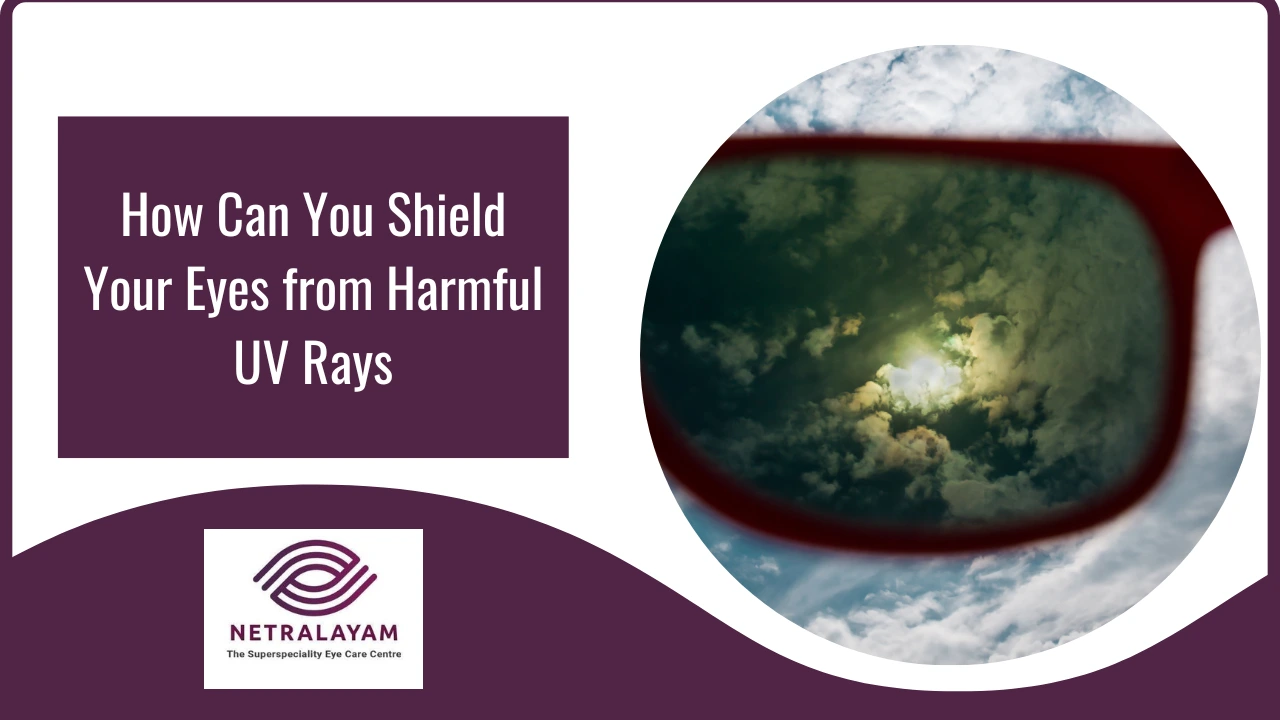Committed to Eye Care with Compassion, Technology and Competency
Committed to Eye Care with Compassion, Technology and Competency

6/12/2025
Our eyes are exposed to more than just visible light. Ultraviolet (UV) rays, though invisible, pose a real threat to eye health. While sunlight is the leading source of UV radiation, artificial sources like welding machines and tanning beds also emit UV rays. The World Health Organization (WHO) emphasizes that UV radiation can cause acute and chronic ocular conditions, including photokeratitis and cataracts. Prolonged UV exposure can lead to significant eye damage, making protection not just a seasonal concern but a year-round necessity.
Learn about the short- and long-term effects of sun damage on your eyes.
UV rays are a form of electromagnetic radiation produced by the sun. They are classified into three types:
UVA and UVB rays are the ones we need to worry about, and they can harm our eyes even on cloudy days. UVB rays, in particular, are more likely to cause short-term irritation and long-term health issues in the eye’s surface and internal structures.
The damage from UV exposure can be both immediate and cumulative. Short-term exposure can lead to a condition known as photokeratitis or “sunburn of the eye.” Commonly called “snow blindness,” this condition causes intense pain, tearing, and sensitivity to light.
Long-term exposure, on the other hand, is even more concerning. It increases the risk of:
Your risk multiplies with factors such as age (children are more susceptible), high-altitude environments, geographic location near the equator, and reflective surfaces like water, sand, or snow.
Be on the lookout for:
If these symptoms persist or worsen, it is advisable to consult an eye care professional without delay.
To keep your eyes safe from harmful UV rays, follow these effective protective measures:
This is your first line of defense. Not all sunglasses offer UV protection, so check for labels that say “100% UV protection” or “UV400.” These lenses provide full protection by blocking both UVA and UVB rays.
Darker lenses don’t always mean better protection. It’s the UV filter that counts, not the color. That said, lens tints do affect visual comfort. Grey lenses reduce brightness without distorting colors, while brown or amber lenses enhance contrast and depth perception.
A hat with a brim at least 3 inches wide can reduce UV exposure to your eyes by up to 50%, especially when used alongside UV-blocking sunglasses.
UV rays are strongest between 10 a.m. and 4 p.m. Limit your exposure during this window whenever possible.
Some contact lenses come with built-in UV filters. These offer added protection but should never be used as a substitute for sunglasses.
If you wear glasses daily, consider anti-reflective coatings that also block UV rays. This enhances comfort and safety simultaneously.
Let’s debunk a few myths:
The sun’s UV rays can silently harm your eyes over time, leading to both immediate discomfort and chronic eye diseases. Simple precautions like choosing sunglasses with full UV protection, wearing hats, and avoiding direct sun exposure during peak hours can make a big difference. Additionally, protecting children’s eyes early and maintaining regular eye exams help ensure long-term eye health. Commit to these smart habits now to preserve your eyesight and maintain vibrant vision for a lifetime.
Don’t let harmful UV rays compromise your vision. At Netralayam, our expert team is dedicated to protecting your eyes with advanced care and preventive solutions. From UV-blocking lenses to personalized eye exams, we’ve got you covered.
Schedule a consultation today and take the first step toward lasting eye health!

Leave a Reply Cancel reply